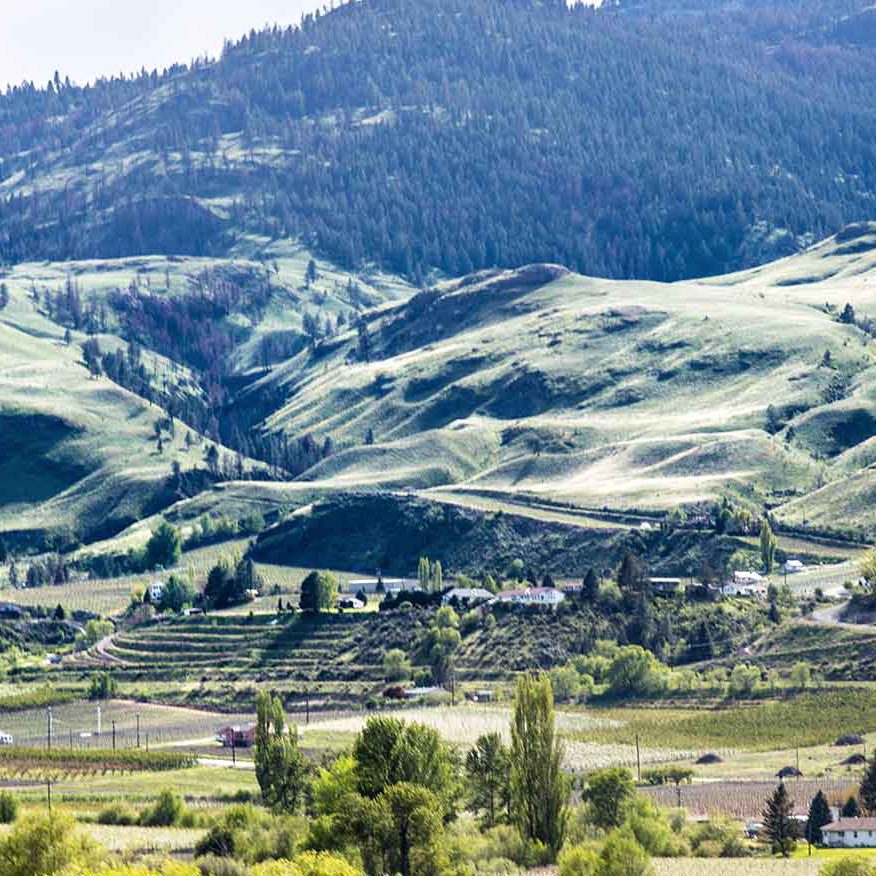South Okanagan Climate & Weather
As the northernmost tip of the Great Basin Desert, arid landscapes and desert-like conditions should come as no surprise. But desert-like isn’t the same as a desert: the area is an extension of the dry climate regime dominating the interior of northern Mexico and the northwestern United States. It’s a borderland, with desert attributes but slightly more rainfall than what occurs within desert classifications.
Sunshine & Degree Days (it’s always sunny in the Okanagan)
The south Okanagan valley receives its fair share of sunshine, proving the above adage to be appropriate more often than not – and the summer is when the sun likes to shine. The area receives more than 240 hours of sunshine per month between May and August .
The southern Okanagan valley has some of the highest degree growing days in the province. The valley floor, where the majority of tree fruit and ground crops are still in production, tends to have fewer growing degree days than 100m (330ft) higher. As a result of occasional flash floods, alluvial fans help form benches of fertile soil left over from the days of glacial lakes. It’s an ideal environment for vines.
Cooler air can pool at the base of the valley, resulting in two growing class distinctions within hundreds of vertical feet. Southwest-facing slopes experience the highest growing degree days.
This Class 1 growing area extends from Oliver to Osoyoos, on the east side of the valley, while the valley bottom is just shy of the same classification. With average temperatures of 29.2C in the summer (and record highs of 39C and beyond), the south Okanagan valley can appear to behave more like a desert to visitors unfamiliar with warmer climates.
Precipitation
Aside from heat units, one of the elements that differentiate a desert from having desert-like conditions is precipitation – in summer, and winter. A wetter spring kick-starts the growing season in the south Okanagan, often with more than 30mm of rain in one month. This is where the words desert-like come in handy.
On average, the south Okanagan receives more than 300mm of precipitation per year, with less than 50mm of that in snowfall. Higher elevations – beyond the Class 1 growing areas, and creeping up the local mountainside – will see more snow than the valley floor.

